The plaque simply reads “Unknown baby of the Isis”.
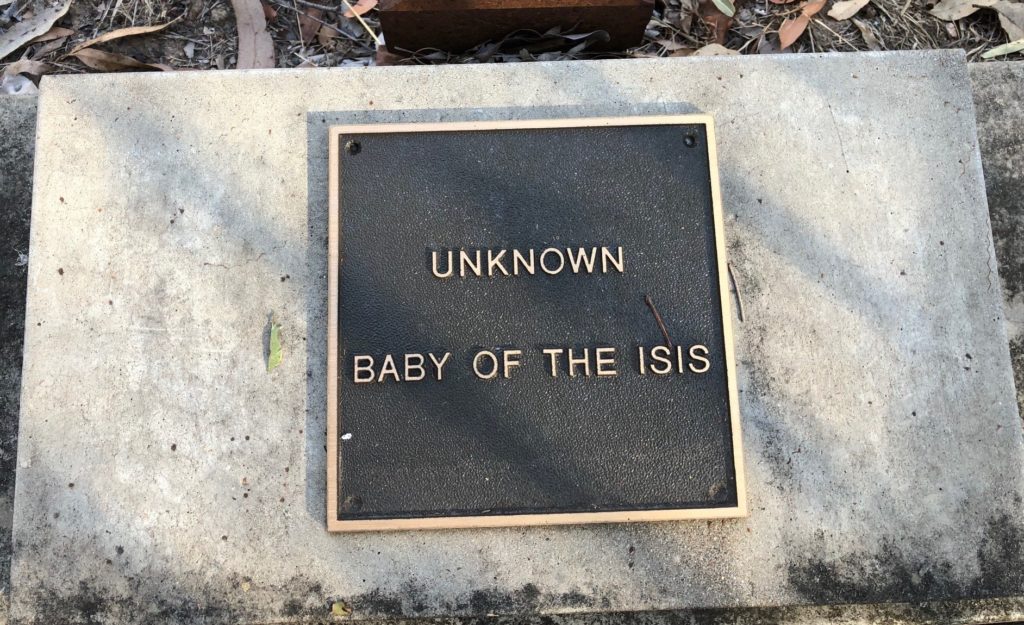
There are five similar plaques in a remote corner of South Isis Cemetery all providing mute acknowledgment of the heartache and misery the deaths of these infants must have created more than 140 years ago.
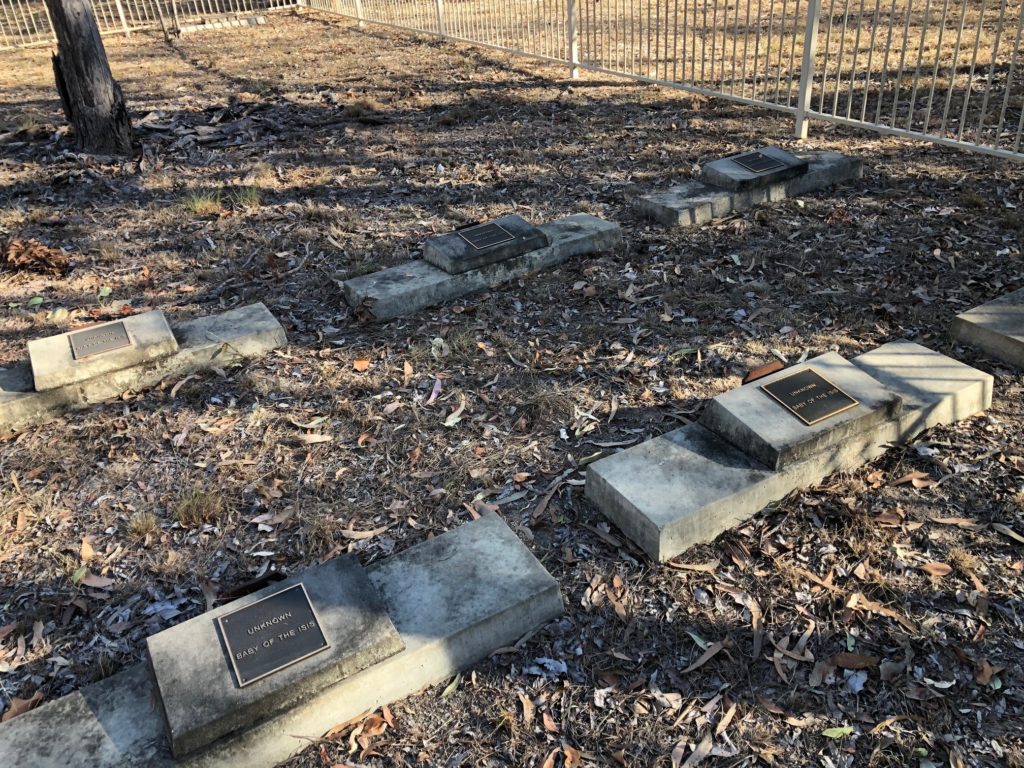
The South Isis Cemetery has long been closed to burials.
A major flood in 1942 demonstrated the flood-prone nature of the low-lying cemetery land, located off Aerodrome Road to the south of Childers.
This would have been a compelling factor in it discontinuance as a viable cemetery.
The cemetery which is administered by Bundaberg Regional Council, is now a place of historical significance having been developed around the mid-1870s with the first recorded burial in 1877.
Large galvanised double gates provide an impressive entryway to the eight hectares of land which comprises the cemetery.
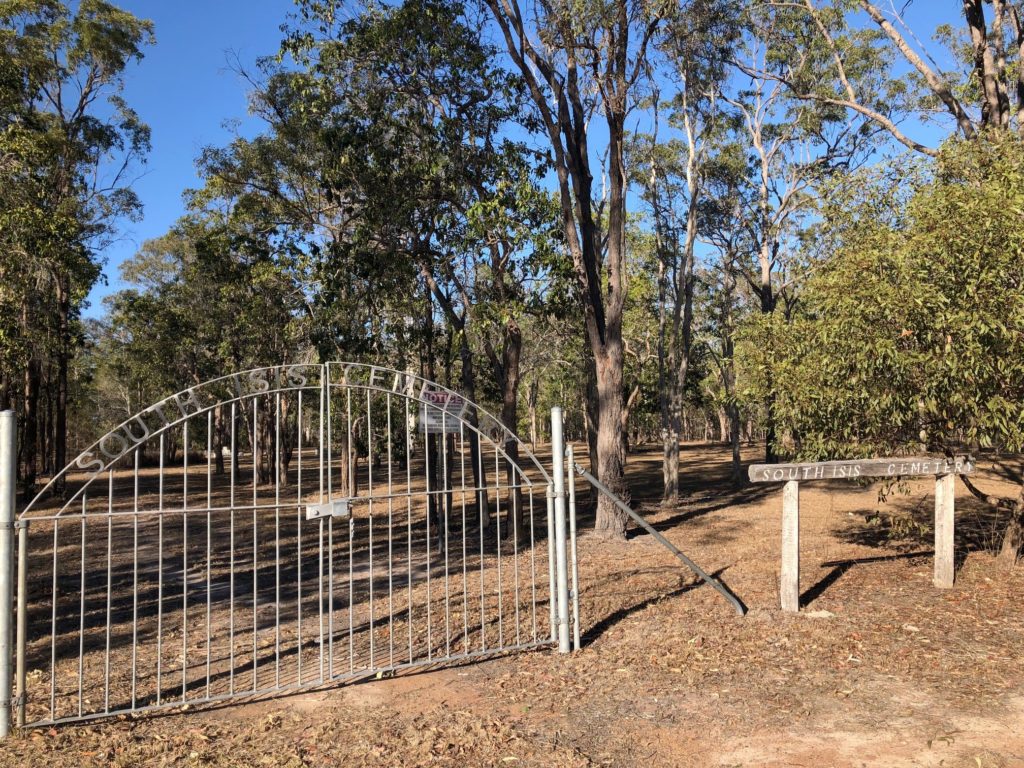
As a final resting place, the district pioneers who are buried here could not want for a better location. It evokes silence and serenity.
Only the slight rumble of traffic from the nearby highway and the odd drone of light aircraft taking off and landing at the adjacent Childers airstrip offer any interruption to the sounds of nature.
Friends of South Isis Cemetery
South Isis resident Doreen Cole is part of the Friends of South Isis Cemetery, a group that ensured the former cemetery achieved some level of care and did not fade into oblivion.
“Some of us had relatives who were buried at South Isis and that was obviously an incentive to be involved in ensuring this piece of local history was not completely forgotten,” she said.
“Many of the original graves were marked with wooden crosses or surrounds and these have been destroyed by the occasional fire that has gone through the cemetery,” Doreen said.
“There are some larger plots like that of the Swindall family which is surrounded by wrought iron fencing and a concrete slab covering the plot.
“The last of five burials in the Swindall plot was Elizabeth Swindall in December 1966.”
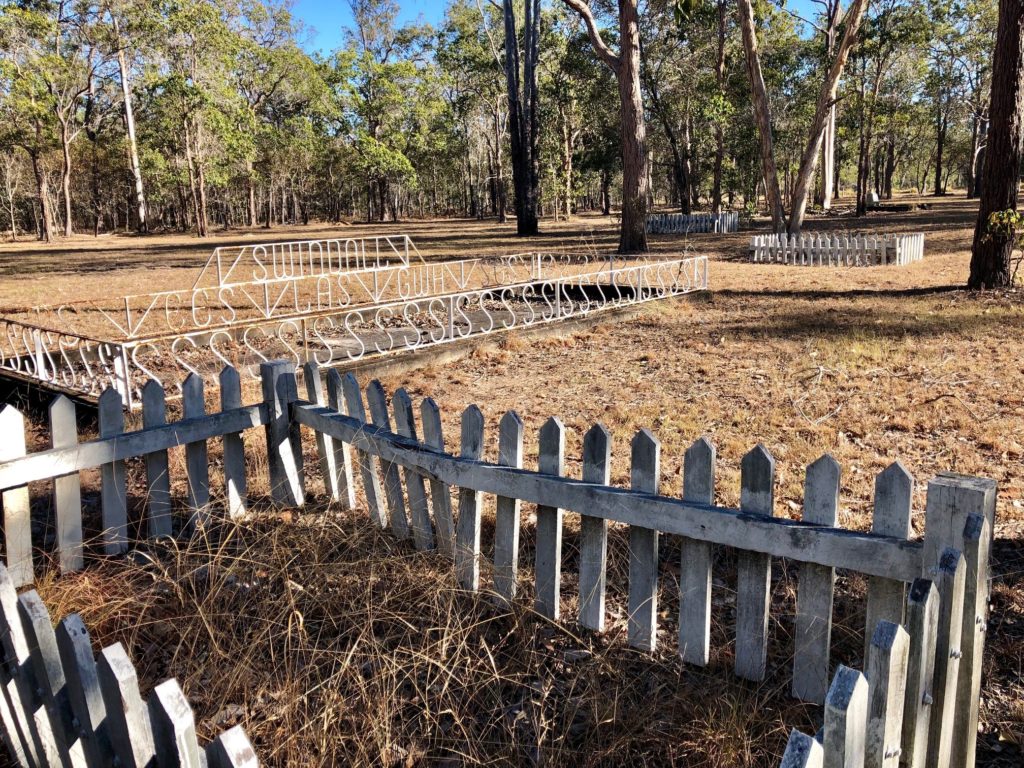
Mrs Cole said she had a copy of some of the pages from the South Isis Cemetery burial register which recorded some of the burials.
She said it was not surprising that the names of the six babies did not appear to have been officially recorded.
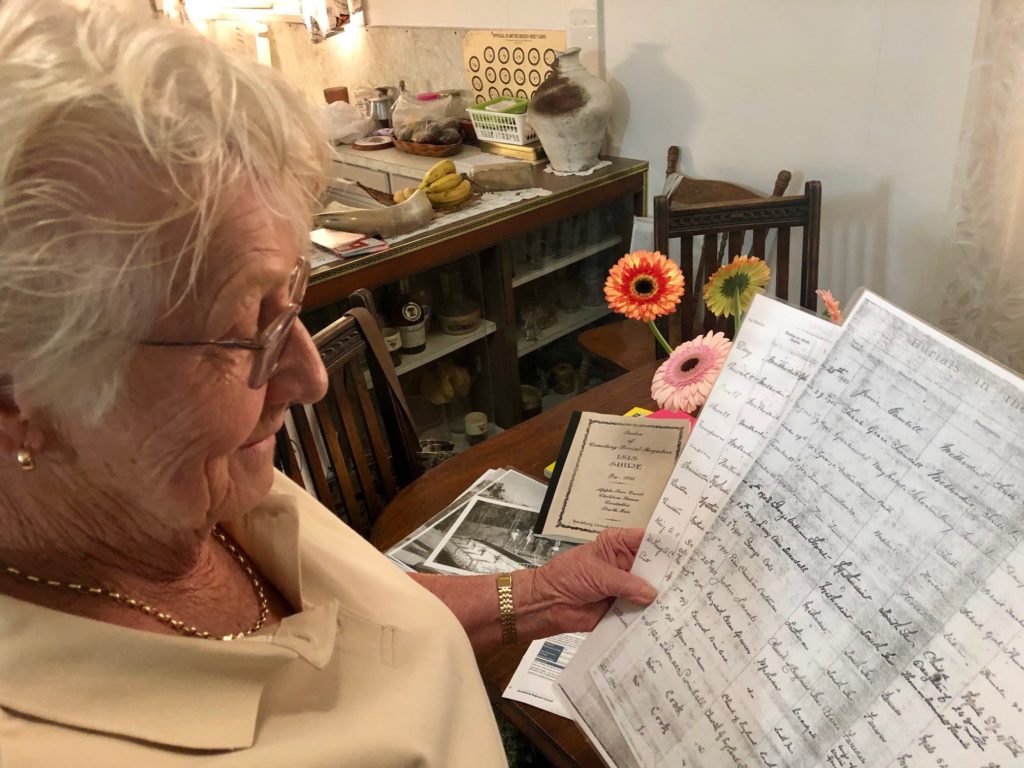
“While the history of many people buried at the cemetery is intriguing, the recorded death of South Isis schoolteacher George Routh in December 1903 at the age of 34 is interesting.
Historical records
“Minutes from an emergency meeting of the school board discussed the passing of Mr Routh who was found dead by the side of the road into Childers, evidently after a fall from his horse.
“The meeting discussed opening a subscription for Mr Routh’s family to cover funeral costs as the schoolteacher had ‘failed to provide adequately for his family’.
“Many of the graves at the cemetery remain undiscovered although work from the Friends of the South Isis Cemetery group did utilise a ground radar device to assist in locating some of the graves,” Doreen said.
“A heritage grant was received around 2012 to allow our group to undertake work at the South Isis Cemetery which resulted in some identification of gravesites and protective fencing to be erected around other areas.
“The cemetery gates were also installed as part of the grant funding.
“A sign at the entrance to the cemetery records the names of 58 South Isis residents who may be buried at the cemetery or in lone graves elsewhere in the South Isis area as was commonplace in the pioneering days.
“Many of the names contained in the register reflect those pioneering families who came and opened up this area with farming pursuits.
“South Isis was a very prosperous area with a school catering to the educational needs of the families who settled around here,” Doreen said.
The cemetery is quite heavily wooded with Council keeping the property fenced and slashed.
With respect to the heritage value of the site Council advises that anyone wishing to undertake any renovation within the confines of the site should first discuss the proposal with Council.
- More history: Botanic Gardens was Paul’s family farm







